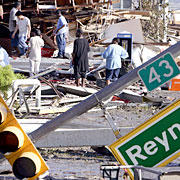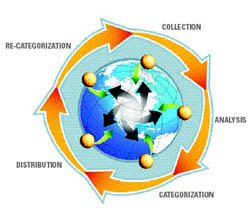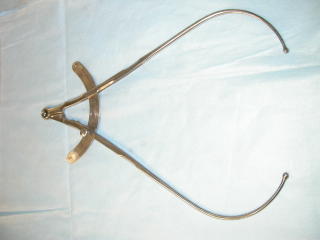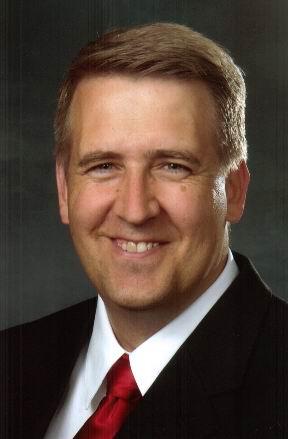Katrina and Disaster Recovery

First, my deepest sympathies to those who are suffering losses because of Katrina. I was heartbroken at the devastation we are seeing in the news. Our prayers are with you.
A catastrophic disaster like Katrina will significantly interrupt business for months. If your call center was located in Biloxi or New Orleans, it will be months before they would be operational. If you didn't have a functioning business continuity plan in place, it could significantly impact your business.
In my experience, most call centers have disaster recovery plans, but few have really taken the necessary steps to make them truly functional.
We would categorize the business interruption based upon the severity of the interruption.
Level 1 - This was some interruption that was under an hour. Maybe there was a temporary power or phone outage. Maybe there was bomb threat and the call center needed to be evacuated.
Level 2 - This was some interruption that was several hours in length.
Level 3 - This was some interruption that was at least a day in length. Maybe it was a major storm that prevented people getting to work that day.
Level 4 - This was some interruption that was several days to several weeks.
Level 5 - This was some interruption that made the building uninhabitable for the foreseable future.
If you are the client and contracting with a call center, you should have them walk you through what they will do in each of these 5 levels. Again, my warning is that many call centers have plans in place, but in reality, they would be very difficult to implement. Press for specific details and don't let them get away with smoke and bluffs.
If there was a call center in New Orleans, then they would be at a Level 5 for business interruption as a result of Hurricane Katrina. There is no way that that call center will be able to operate in the foreseable future. That means that if inbound calls were going there, they would need to be rerouted to another call center (who has the same long distance carrier) who can access the correct computer applications to properly capture and transmit information to the customer. The agents at that new call center would need to be properly trained to receive those calls. The supervisors and trainers and quality teams would have to be all brought up to speed to ensure the proper quality. Again, the steps to accomplish all of this are complex and complicated and few call centers really are prepared for that level of detail.
May God bless those suffering from Hurricane Katrina.








